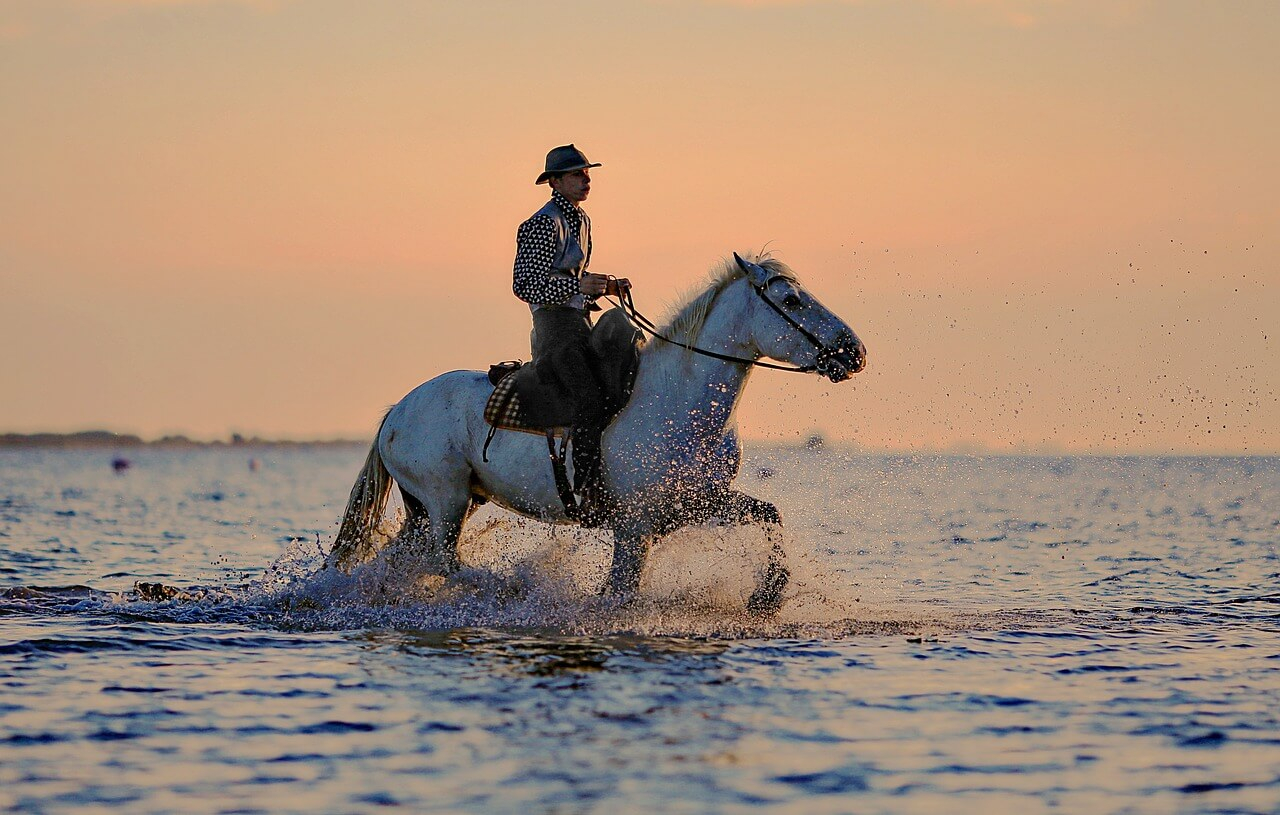You’re always thinking about how you can ensure your horse is kept warm, by using turnout rugs or stable rugs, but you might need to consider how you’re layering yourself up this winter. Here are some top tips to ensure you keep just as warm as your equine companion on chilly days.
The Base Layer
When layering up, your base layer is there to keep you bone dry if you’re getting rained on. However, the base of your outfit should always be breathable, as it’s the tightest layer on your body. By keeping it breathable, you allow perspiration to move away from your skin and stop that awful damp feeling from occurring. You can get some base layers that include a high neck too. These might be best for those frosty days as they’ll keep any icy winds at bay while you’re out riding.
You don’t just want to think about your top half. You’ll need to make sure you have a base layer on your bottom half too. This way you can ensure you’ll be able to sustain a comfortable body temperature.
In Between Layers
On top of your base layer, and before your outer one, you need a middle layer. This layer is to keep you insulated and helps remove any moisture built up from perspiring. Your middle layer needs to fit quite snug, but looser than your base layer. This is so it keeps you warm but doesn’t cause you to overheat. It also needs to be loose enough that it doesn’t restrict your movements while riding.
A popular choice of the middle layer is a fleece. This is because of the cosiness they provide as well as comfort. Some fleeces also have a high neck, so if you’d prefer to not have the tighter high neck in your base layer, the looser middle layer is ideal for this style. You might want to consider your middle layer being easily removed with your helmet on. So opting for a zip-through, rather than pull over, may be safer to take off quickly.
Outer Layers
Your outer layer is the one that will protect you from the harsh elements you’ll face while riding. You can have a great base and middle layer, but if you skip your outer layer, you’ll end up soaked to the skin from the smallest burst of rain. You’ll typically want your outer layer to be longer than the other two, as you’re using this layer to keep as much of you as dry as possible. But you still want it short enough that it’s comfortable when riding.
Making sure your outer layer is waterproof is essential as you’ll know your outer layer can protect you no matter the weather. It also depends on the climate you’re riding in. If you live in a very cold, snowy climate, you’ll need your outer layer to give you extra insulation. But if you live in a slightly warmer place, a waterproof jacket can be enough.
Mix It Up
Weather can be unpredictable and dressing appropriately can be difficult. This is why layering your clothing ensures you’re able to deal with whatever the day throws at you. By layering up, you can easily remove layers if you become too warm.
With layering, it all comes down to your personal preference and climate. If you feel the cold a lot easier than others, you may want to have more insulating layers, but if you generally keep quite warm and just want protection from the weather, you can opt for lightweight, waterproof layers. Find what works best for you and you’ll feel confident and well prepared for the elements while riding.
